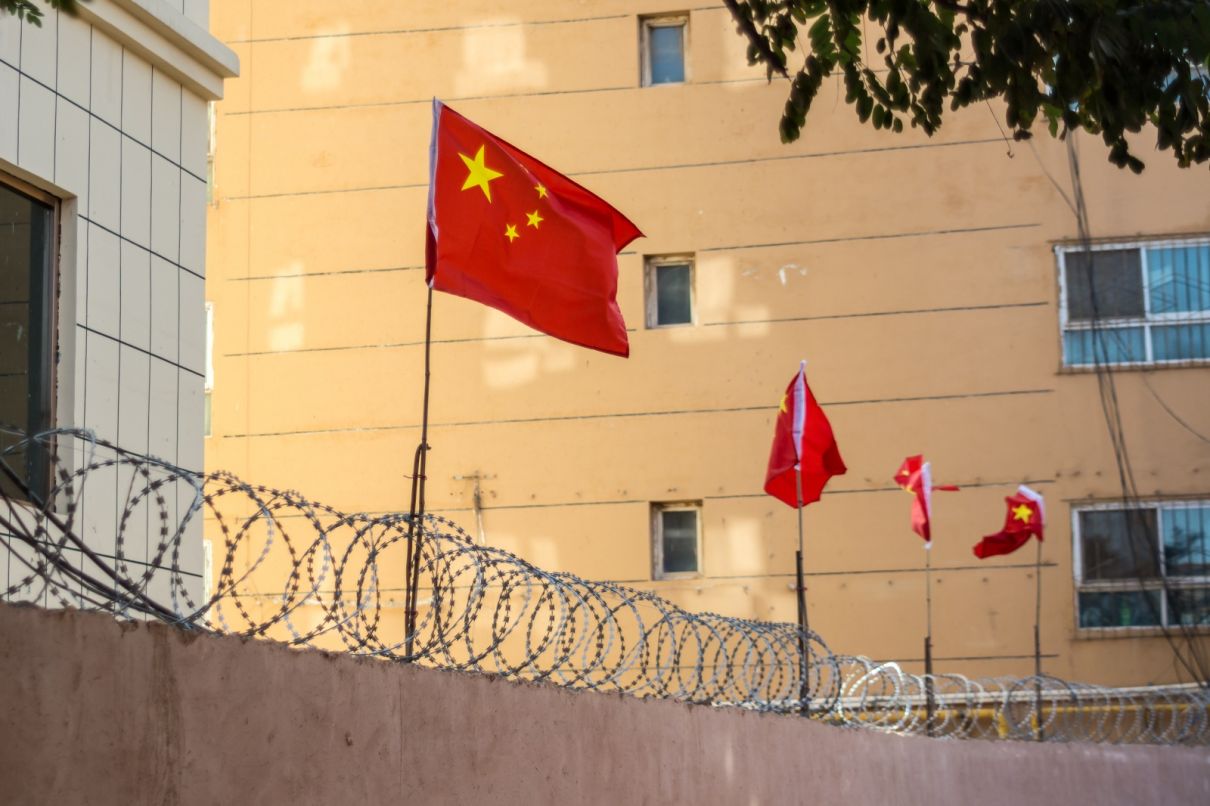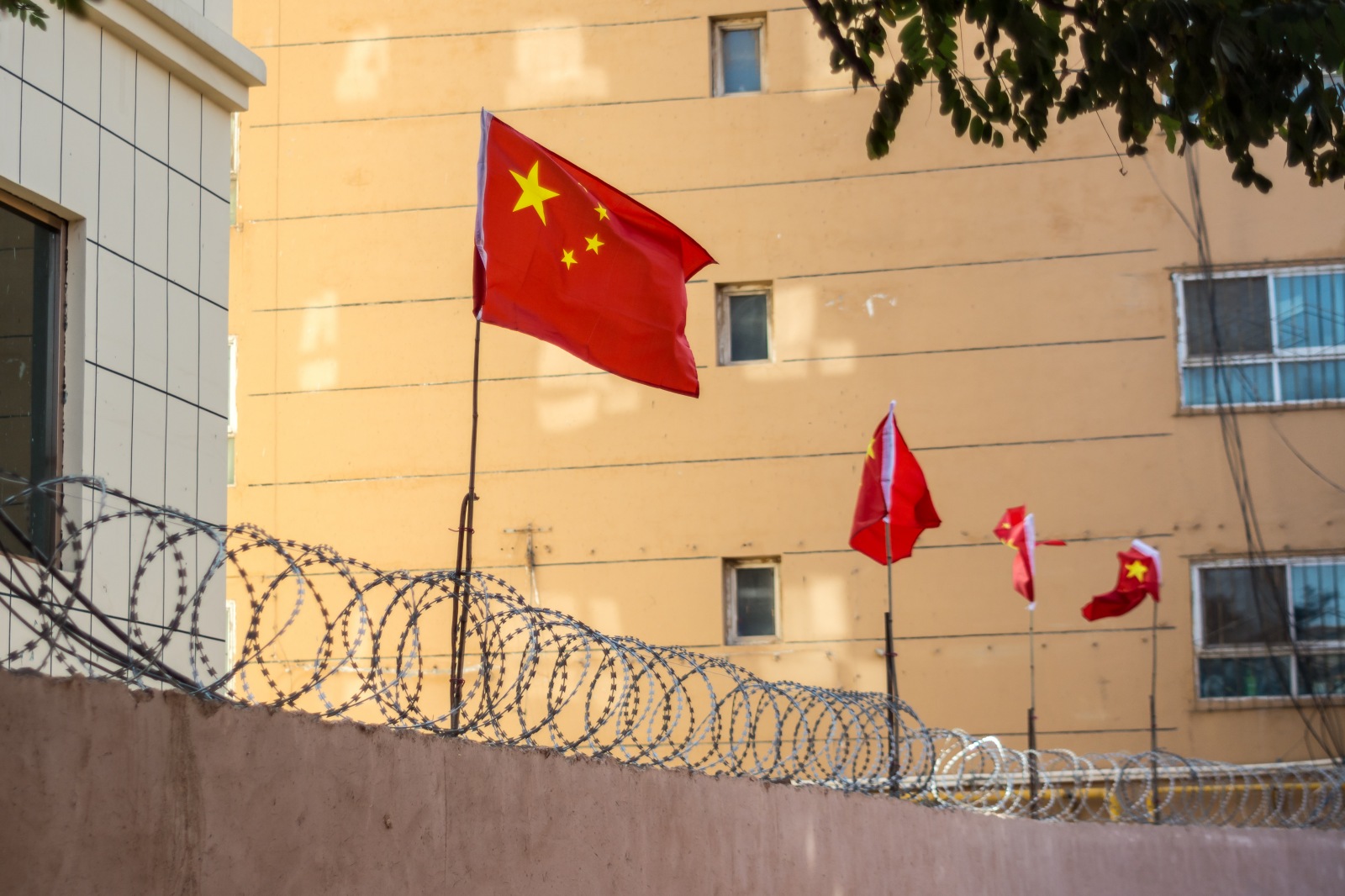The Looming Shadow of AI Surveillance

China’s increasing use of AI raises issues as to whether such technologies are tools of freedom or repression.
 A detention camp in China
A detention camp in China
At a presidential debate in 1999, an optimistic George W Bush pondered the prospects for the internet in China: “Imagine if the internet took hold in China. Imagine how freedom would spread.” Twenty years later and a chasm has opened between aspirations like these, and reality. In China, the internet has contributed to rapid improvements in living standards. And yet, inexorably, both in China and around the world, the internet has questioned, challenged and eroded civil liberties as much as it has advanced them. Western democracies — the traditional bastions of liberalism —have proved as susceptible as authoritarian states, with internet giants harvesting users’ data, while disinformation and fake news undermines democratic norms. The internet is vulnerable to the exploitation of the weak by the powerful. This is a principle that transcends regime type; the methods may differ, but the outcomes are similar, regardless of whether citizens vote for their leaders or not.
The importance of utilising internet technologies can hardly be over-stated for China, the world’s second-largest economy and a nation in a period of global political resurgence. China’s 1.3 billion citizens are not a homogeneous mass — far from it, spread across East Asia, from mountainous Tibet, to the deserts of Inner Mongolia, and, of course, the vibrant eastern seaboard. This diversity is not reflected in China’s monolithic and authoritarian politics. Xi Jinping has presided over China’s ruling party, the Chinese Communist Party (CCP), since 2013 and, following his removal of presidential term limits from China’s constitution in 2018, is set to be a near-permanent political patriarch. For the CCP, the internet offers an insight into the lives of citizens — it’s a means to gauge opinions, aspirations and concerns: a priceless tool for a political establishment that does not utilise ballot boxes.
Freedom House’s Freedom on the Net 2018 report is damning: “China was the world’s worst abuser of internet freedom… for the fourth consecutive year.” The report ascribes the most recent decline in internet freedom in China to a July 2017 cybersecurity law that “strengthened repressive restrictions on online activities and placed onerous financial burdens on technology companies, independent media and bloggers”.
 Yurts in Xinjiang
Yurts in Xinjiang
Still relatively new to the political vernacular, AI — the use of computers to perform traditional human intelligence tasks — is assuming an increasingly prominent role in political discourse. Policymakers are rushing to gauge the ramifications of this technology, and the ways in which it can transform political relations. The development and implementation of AI is not a policy issue unique to China, far from it. Governments around the world appreciate its potential. However, China has pledged US$150 billion of investment to non-classified AI projects over the next decade, compared to the US’s US$1.1 billion. This dramatic gulf in investment, alongside China’s concerning and problematic use of AI for domestic security in Xinjiang, means China rapidly pulls focus in the global conversation on AI.
Xinjiang is the nexus of China’s domestic AI security strategy; Ding describes the region as a “surveillance state testbed”. Spanning a surface area greater than that of Iran and South Africa, Xinjiang is nestled in China’s westernmost arm, sprouting into Central Asia and bordering Mongolia, Russia, Kazakhstan, Tajikistan and India. This might seem like an inauspicious part of China in which to roll out an immensely sophisticated AI surveillance system, optimistically dubbed by Human Rights Watch as ‘China’s algorithms of repression’.
Yet, Xinjiang is, quite literally, at the crossroads of Xi’s vision for China. The Belt and Road Initiative (BRI) is a geopolitically epic project to create infrastructure links, economic ties, and corridors of trade between China and the rest of the world. It is an effort to resurrect the ancient silk roads, aiding China’s industrial upgrading. The scope of the BRI is phenomenal: last year Italy became the first G7 country to join the initiative, alongside more than 70 other countries. Xinjiang is the geographical gateway to Central Asia: the necessary final stop in China before trade and people pass into regional Asia
Xinjiang is also home to various ethnic groups, most prominently the Uighurs, a Turkic ethnic group constituting almost half of the region’s population. Gregory Allen, a former fellow at the Center for a New American Security, depicts a system of “extraordinary persecution [in Xinjiang] aided by AI surveillance technology”, directed against the Uighurs. Allen, in a 2019 report, includes a quote from General Wang Ning of the Chinese People’s Armed Police Force. “In Xinjiang,” Wang begins, “we use big-data AI to fight terrorists. We have intercepted 1,200 terror organisations when still planning an attack. We use technology to identify and locate activities of terrorists, including the smart city system. We have a face-recognition system, and for all terrorists there is a database.”
 Scenes from the Hong Kong pro-democracy protests last year
Scenes from the Hong Kong pro-democracy protests last year
Wang’s sentiment illustrates AI’s duality in China: to create more efficient cities and living conditions in some instances, while pursuing invasive domestic security procedures in others. Xinjiang’s citizens have been exposed to a comprehensive surveillance programme involving DNA collections, constant checkpoints, and security cameras using powerful facial recognition inside shopping centres and outside mosques. The Financial Times reported that security and surveillance spending in Xinjiang “almost doubled” in 2017, at a rate eight times greater than China’s national security budget. Analysing China’s security spending, the FT notes that “domestic security costs first surpassed external defence costs in 2010, the year after deadly riots fuelled by ethnic tension broke out in Xinjiang’s capital”.
The riots of July 2009 saw clashes between Uighurs and Han Chinese residents in Xinjiang. A report by Human Rights Watch after the riots documented the “enforced disappearances of at least 43 Uighur men and teenage boys”, noting that “the actual number of ‘disappeared’ persons is likely significantly higher”.
Today, the United Nations estimates that more than one million people are being held in detention camps in Xinjiang, most of whom are Uighurs.
Hikvision and Dahua, both Chinese conglomerates in the provision of video surveillance, have won in excess of US$1 billion worth of government-backed projects in Xinjiang. IPVM, an independent authority on video surveillance, reported that Hikvision operates a Chinese government contract to install facial-recognition cameras at the entrance of all of Xinjiang’s 967 mosques. According to IPVM, this will allow for monitoring by the Chinese government, with the ability to “set alerts on people attending religious services as well as search when and how often people attend”. The troubling connotations for religious freedom in China are clear. This also raises some important questions concerning the basic human rights of the Uighurs: do they constitute ‘terrorist’ groups as Wang claims? Regardless of the nature of the ‘threat’ that they might pose, is this draconian and invasive state security apparatus proportionate and justifiable?
The New York Times reported on a similarly invasive domestic surveillance system in Ecuador, funded by a Chinese loan of US$240 million. The report identifies 18 countries using Chinese-made intelligent monitoring systems. China’s ability to export its technological prowess in domestic surveillance is good economics: in return, China can receive preferential access to much-needed natural resources and other lucrative opportunities.
Concerns over China’s use of AI domestic surveillance technologies has fuelled tension between China and Hong Kong. Pro-democracy protestors in Hong Kong don masks and wave lasers to deter facial-recognition technology; a number of Hong Kong’s ‘smart lampposts’ have been destroyed by protestors, over concerns that data collected by the cameras will be shared with security agencies for the purpose of facial recognition. The Hong Kong government, which hopes to introduce 400 of these lampposts, claims they are not intended to be used for such purposes.
In the meantime, the AI experiment in state surveillance may be confined to Xinjiang. However, this does little to assuage concerns for the precedent that China has established, and the prospects of this system being exported around the world.
This article originally appeared in Billionaire's Legacy Issue, March 2020. To subscribe contact








